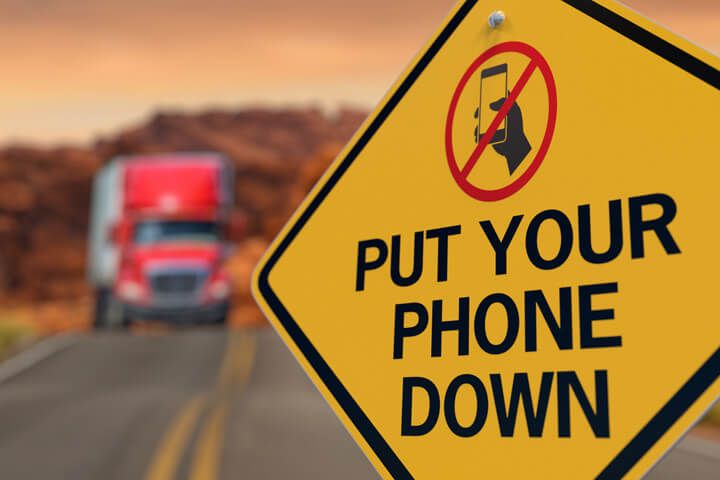
Driving safety is a paramount concern for every individual who takes the wheel, and a significant, yet often underestimated, contributor to road hazards is the presence of blind spots. These elusive areas around a vehicle can conceal other road users, leading to potentially dangerous situations and, unfortunately, a high number of accidents annually. According to the National Highway Traffic Safety Administration, over 800,000 accidents each year are partly caused by blind spots, tragically resulting in more than 300 deaths.
Many of these incidents are preventable. The key lies in understanding what blind spots are, how they manifest in different vehicles, and, crucially, how to effectively manage and reduce the risks they pose. This comprehensive guide will delve into these critical aspects, providing drivers with the knowledge and actionable advice needed to enhance their awareness and safety on the road.
Our aim is to empower you with thorough insights, moving beyond simple mirror adjustments to encompass a holistic approach to blind spot management. By meticulously examining the causes, dangers, and the most effective techniques—both manual and technological—we will equip you to navigate the roads with greater confidence and significantly reduce your vulnerability to blind spot-related accidents.
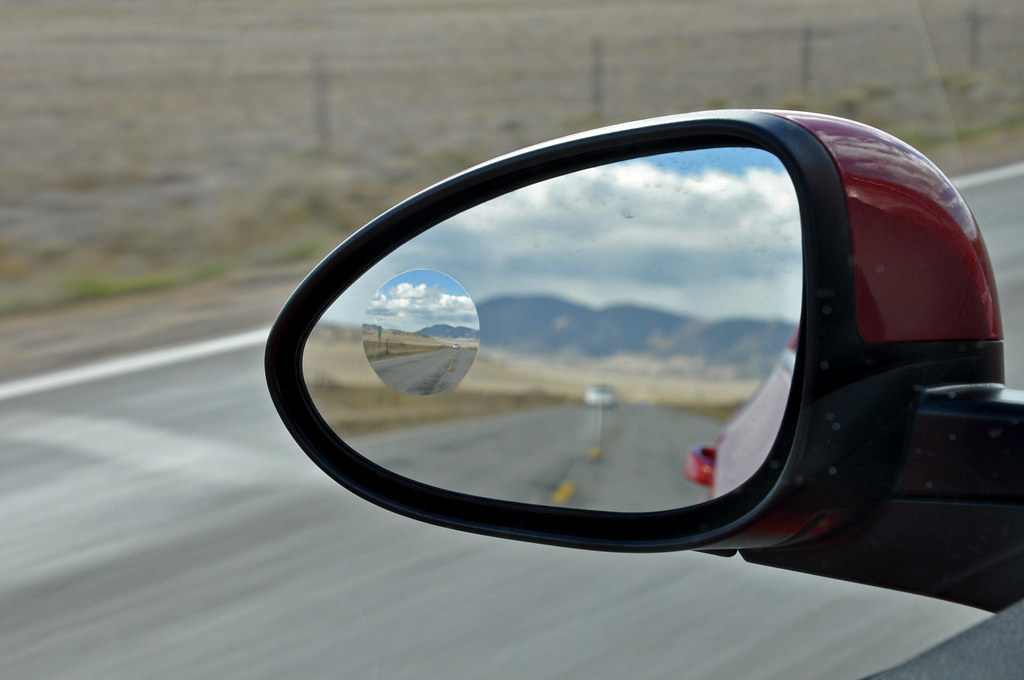
1. **The Dangers of Blind Spots: Understanding the Risks**
The inherent dangers of blind spots cannot be overstated, as they directly contribute to a substantial number of collisions and fatalities each year. The primary risk revolves around lane changes and merging maneuvers, where a vehicle hidden in a blind spot can lead to sudden, unavoidable accidents. Drivers changing lanes without proper checks risk side-swipe collisions, or worse, forcing other vehicles off the road or into multi-car pile-ups.
Highway merging presents an equally perilous scenario. When joining high-speed traffic, failing to account for blind spots can result in cutting off other vehicles, forcing them to brake abruptly, disrupting traffic flow, and potentially inciting road rage incidents. The speed differentials on highways amplify the severity of any collision, often leading to severe injuries or fatalities.
Beyond other vehicles, blind spots pose a unique threat to vulnerable road users. Cyclists, due to their smaller profile, frequently travel in areas prone to being obscured by a vehicle’s blind spots. Motorcyclists, even smaller and faster, are even more likely to be hidden. Pedestrians, particularly in urban environments or parking lots, are also at significant risk from front corner (A-pillar) blind spots and areas immediately behind a vehicle, leading to property damage and legal consequences.
These risks are further compounded by adverse driving conditions. Rain, snow, or fog drastically reduce visibility, making thorough blind spot checks even more crucial. Night driving diminishes visual cues, making it harder to spot obscured vehicles. In heavy traffic, the sheer volume of vehicles increases the probability of something being hidden, making constant vigilance and proactive strategies essential to prevent high-speed collisions and their severe outcomes.
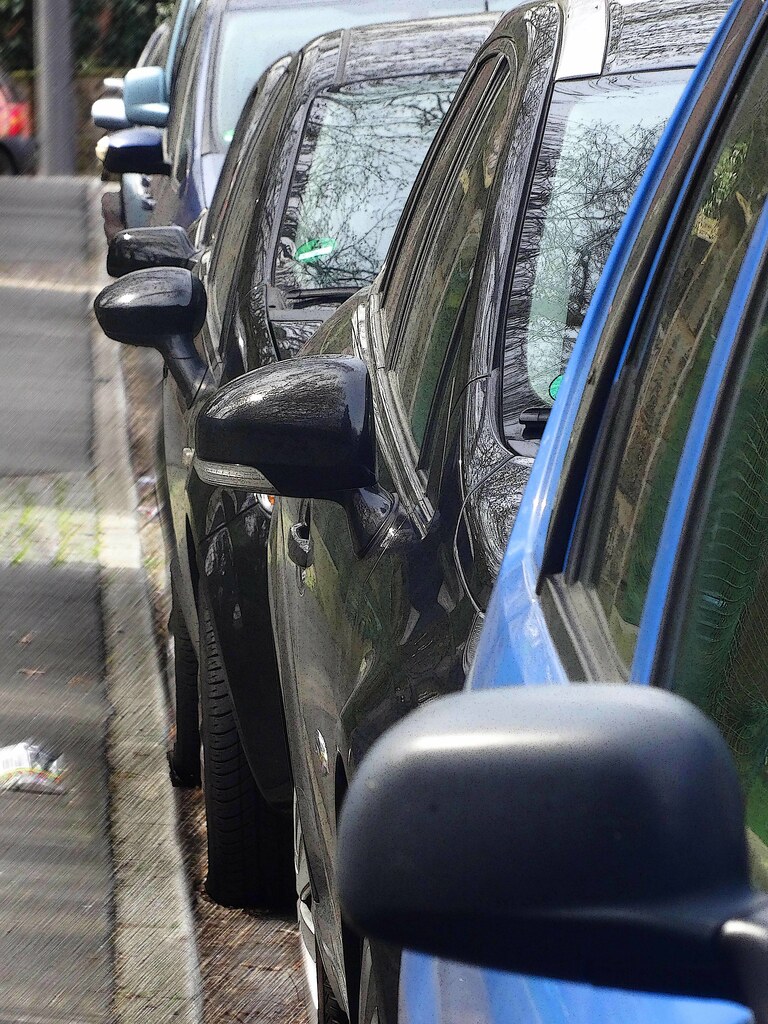
2. **Common Blind Spot Locations in Your Vehicle**
Understanding precisely where blind spots typically occur is a fundamental step toward managing them effectively. While their exact location and size can vary based on your specific vehicle, several common areas consistently present challenges for drivers. The most notorious blind spots are generally located in the rear quarters of your vehicle, on both the left and right sides.
When a car is passing you in the next lane, it will initially be visible in both your rearview and driver’s side mirrors. As it draws alongside, it might disappear from your rearview mirror but still be visible in your side mirror. However, there will be a specific point where it is no longer visible in your side mirror and has not yet entered your peripheral vision, remaining unseen until it moves further forward. This is the classic rear quarter blind spot, obscured on both the left and right sides.
Another significant blind spot exists immediately behind the vehicle, especially close to the rear bumper. This area is particularly dangerous when backing out of a driveway or reversing in a parking lot, where small objects, children, or even other vehicles can be completely hidden from view. This is why features like rearview cameras and rear parking sensors have become increasingly common and valuable.
Furthermore, the front corners of your vehicle, created by the A-pillars (the vertical supports on either side of the windshield), can obscure pedestrians, cyclists, or even other vehicles at intersections. These A-pillar blind spots are often overlooked but can be particularly dangerous when making turns or navigating complex intersections, highlighting the need for specific checking techniques. It is important to remember that mirror adjustment, even when optimal, will still leave small gaps immediately to the sides of your vehicle and low areas near the ground.
Read more about: 15 Top Cars for Retirees in 2025: Unbiased Choices for Safety, Value, and Lasting Reliability
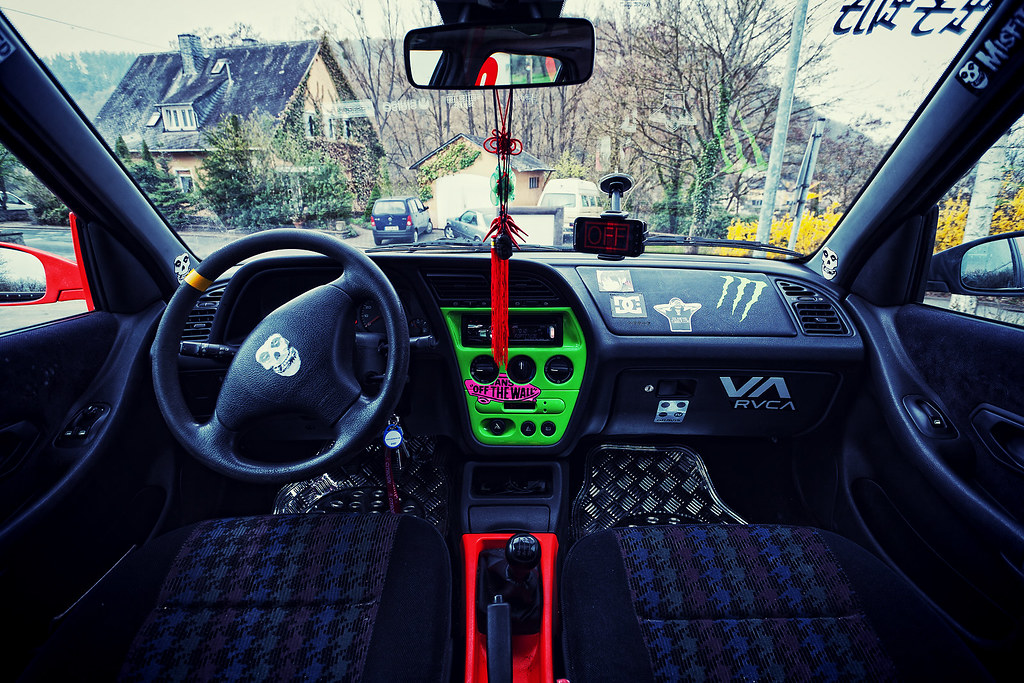
3. **How Vehicle Structure and Design Create Blind Spots**
Delving into the root causes of blind spots is crucial for a complete understanding of why they exist, and the design and structure of your vehicle play a significant role in their creation. Vehicle pillars, the vertical supports that hold up the roof, are primary culprits. The A-pillars, located on either side of the windshield, can obstruct forward-side views, especially when turning.
Similarly, B-pillars, situated between the front and rear doors, and C-pillars, at the rear of the vehicle, create substantial blind zones along the sides and rear. These pillars are necessary for structural integrity and occupant safety, but their presence inherently limits a driver’s field of vision. Roof supports, horizontal structures, can also contribute to obscured views, particularly in larger vehicles where the roofline might be higher or more extensive.
Beyond the pillars, the overall body design of a vehicle can significantly impact visibility. Some vehicle shapes, by their very nature, create larger blind spots than others. For example, SUVs and trucks, due to their larger dimensions and higher body lines, often have more substantial blind spots compared to sedans. Hatchbacks, with their often-limited rear window area, can also present unique visibility challenges directly behind the vehicle, even with mirrors.
The type of vehicle also dictates specific blind spot considerations. While sedans generally have smaller blind spots, they are still significant in the rear quarters. SUVs and trucks, however, often struggle with larger blind spots in the rear, front corners, and along the entire side due to their sheer size. Motorcycles, because of their smaller size and rider position, have unique blind spot considerations, making them easily missed by other drivers, emphasizing the need for all drivers to be aware of these structural limitations across different vehicle types.
Read more about: The 13 Worst-Performing Cars in Their Segment: A MotorTrend Deep Dive into Automotive Disappointments
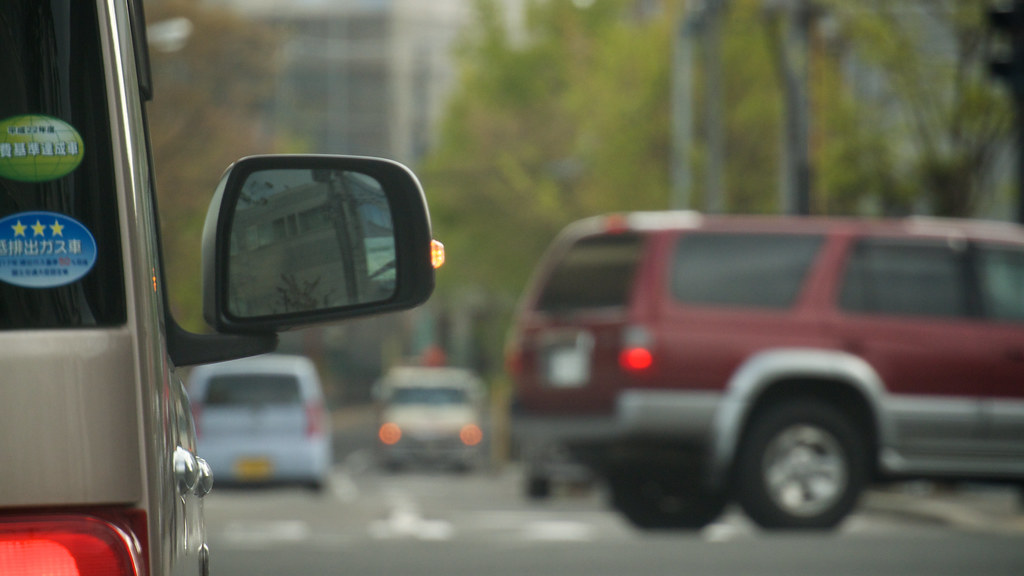
4. **The Limitations of Mirrors: Why They Can’t See Everything**
While mirrors are indispensable tools for expanding a driver’s field of vision, they possess inherent limitations that contribute directly to the existence of blind spots. Understanding these limitations is key to recognizing why relying solely on mirrors is insufficient for complete road safety. The rearview mirror, positioned inside the cabin, provides a narrow, focused view directly behind the vehicle.
This central mirror is excellent for monitoring traffic approaching from directly behind, but its field of view is restricted and cannot capture what is happening in the lower rear corners or immediately adjacent lanes. It serves its purpose for what is directly in its line of sight but leaves significant gaps to the sides, which is where side-view mirrors come into play.
Side-view mirrors, located on the exterior of the vehicle, offer views of the adjacent lanes and areas to the sides. They are crucial for observing vehicles that are passing or that you intend to pass. However, even with optimal adjustment, they are designed to cover specific angles and will inevitably leave areas — primarily the rear quarters — that are not captured by either the rearview mirror or their own field of view. This creates a critical overlap problem if not properly adjusted, or, more commonly, a gap between what the side mirror shows and what your peripheral vision can see.
Different mirror types inherently create different blind spots. The rearview mirror, for instance, helps with what’s directly behind but can’t see the lower rear corners. Side-view mirrors show adjacent lanes but leave the crucial rear quarters. This inherent design means that a driver’s field of vision, even with properly adjusted mirrors, still contains areas where other vehicles can be concealed. Peripheral vision helps, but it doesn’t provide detailed information, and factors like seating position or personal vision limitations can further reduce overall visibility, underscoring that mirrors are aids, not complete solutions.
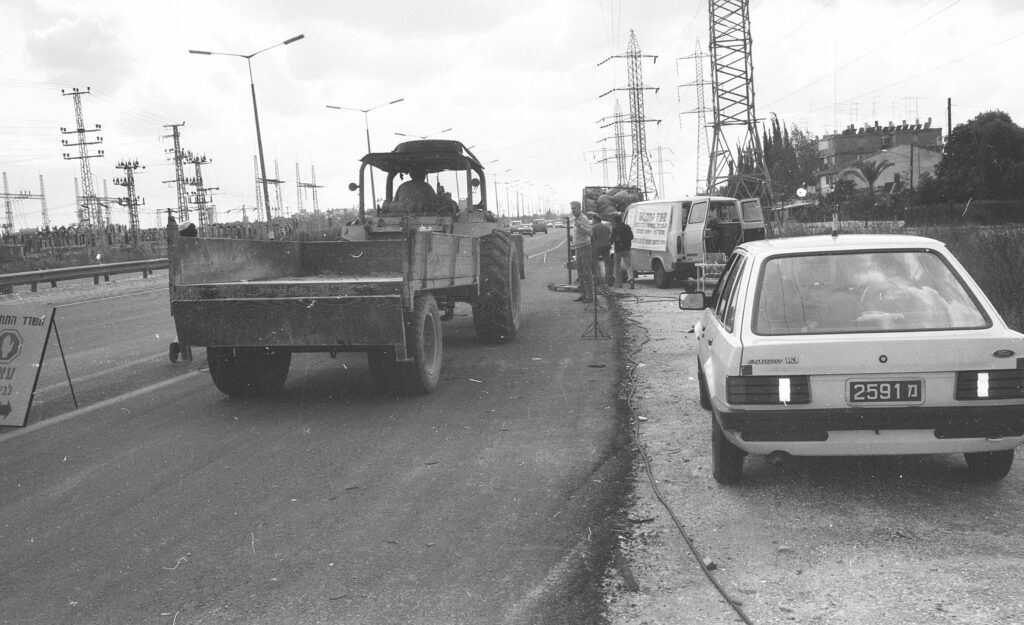
5. **Identifying Your Vehicle’s Unique Blind Spots**
Knowing the general locations of blind spots is one thing, but understanding the specific nuances of your own vehicle’s hidden zones is paramount for safe driving. There are effective, practical methods you can employ to identify these unique areas, empowering you to drive more safely. The first method is a stationary vehicle check, allowing you to visualize your blind spots without the risks of being on the road.
To perform this, sit in your normal driving position in your parked vehicle and adjust all your mirrors as you would for actual driving. Then, place objects such as traffic cones, brightly colored markers, or even stuffed animals at various points around your car, specifically in areas you suspect might be blind spots. From the driver’s seat, without moving your head, observe which objects you can and cannot see in your mirrors or through your windows. Any object that remains invisible denotes a blind spot specific to your vehicle and seating position.
For a more dynamic understanding, a moving vehicle assessment, preferably in an empty parking lot, can be highly insightful. With a helper, slowly drive your vehicle while your assistant walks around it. Ask them to stop at the precise points where they disappear from your mirrors and your peripheral vision. These points represent the exact edges of your blind spots in a more realistic context, demonstrating how they manifest during motion.
Remember that blind spots can also change based on various factors. Weather conditions like rain, snow, or fog can severely affect visibility and effectively alter or enlarge your blind spots. Nighttime driving presents different challenges, as do situations where your vehicle is loaded with cargo, especially large items that might block rear or side windows. Periodically reassessing your blind spots under different conditions and with varying cargo loads is a wise practice to maintain consistent safety. For those still unsure, consulting a driving school or professional instructor can provide a thorough, personalized assessment, especially beneficial for new drivers or those transitioning to a different vehicle type.
Read more about: Master the Merge: Pro Hacks for Seamless Lane Transitions Without Cutting Off Other Drivers
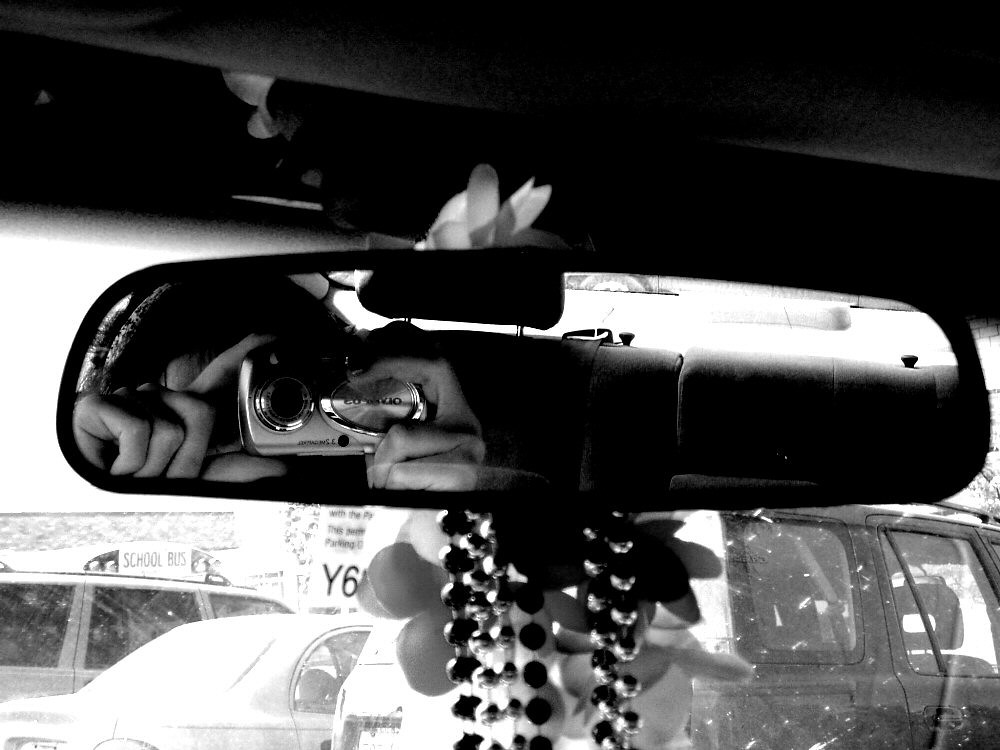
6. **Optimal Mirror Adjustment: A Crucial First Step**
While the article’s core theme is to reduce reliance on constant mirror adjustments, the *initial* correct adjustment of your mirrors is arguably the most fundamental and effective step in minimizing blind spot risks. This one-time setup significantly expands your field of vision, reducing the size of your blind spots before you even engage in other techniques. This is particularly crucial when driving a rental car or after someone else has adjusted your mirrors.
To achieve optimal rearview mirror positioning, sit in your usual driving position and adjust the mirror until you have the best possible view directly behind your vehicle. The goal is to center the view of the rear window without any tilting or awkward angles, ensuring you can clearly see the road behind you. This adjustment should be made with your head in its normal, relaxed driving posture, avoiding any straining or leaning.
Next, focus on the driver’s side mirror. Lean your head across until it is almost touching the driver’s side window. In this position, adjust the driver’s side mirror until you can just barely see the side of your car’s bodywork. Once you return to your normal driving position, you should no longer be able to see any of your car’s bodywork in this mirror. The purpose of this mirror is to see other cars, not your own, maximizing its outward reach to cover the adjacent lane.
Finally, for the passenger’s side mirror, lean across the vehicle until your head is positioned in the center, in line with the middle of the rearview mirror. From this central position, adjust the passenger’s side mirror until you can just see the side of your vehicle’s bodywork. Again, when you sit back in your normal driving position, your car’s bodywork should disappear from view in this mirror. This precise setup minimizes overlap between the rearview and side mirrors while maximizing coverage of the adjacent lanes, creating a continuous field of vision that significantly shrinks your typical blind spots. Modern cars with ‘mirror memory’ systems further streamline this by allowing you to save these optimal positions and recall them with a push of a button, eliminating the need for constant re-adjustment, especially if you share your vehicle with others.
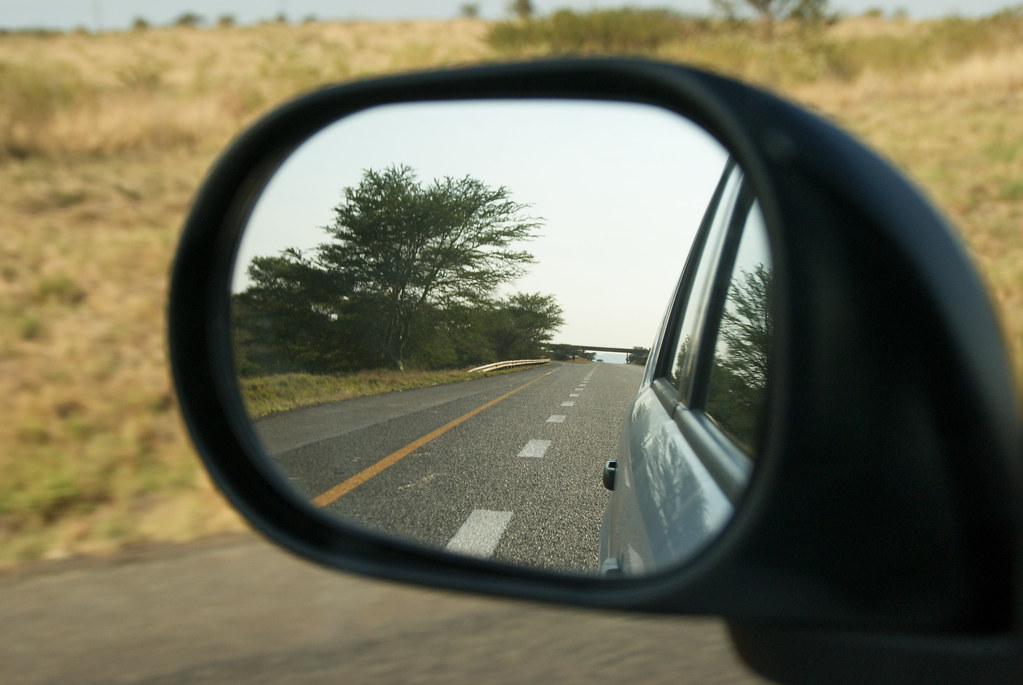
7. **Advanced Driving Techniques for Blind Spot Management**
Even with optimally adjusted mirrors, proactive driving techniques are indispensable for managing blind spots during critical maneuvers. These strategies, combined with foundational mirror setup, empower drivers to actively mitigate risks. It’s about a sequence of actions ensuring maximum awareness, moving beyond passive observation to active accident prevention.
One highly effective technique is the SMOG method: Signal, Mirror, Over-the-shoulder, Go. This systematic approach is crucial for safe lane changes and merging. First, signal your intention well in advance. Next, check your rearview and side mirrors to assess adjacent lanes. Crucially, a swift “over-the-shoulder” head check visually inspects the area mirrors cannot cover. Only then, if the path is clear, should you smoothly proceed. This layered approach significantly reduces collision risk from unseen vehicles.
Another vital strategy involves managing your timing. After checking mirrors and finding nothing, it’s wise to wait a couple of seconds before initiating a lane change. The “Context” suggests that if cars are typically in your blind spot for two seconds, waiting an additional two seconds can allow any hidden vehicle to become visible. This brief pause ensures the lane is truly clear, preventing sudden surprises and high-speed incidents.
Read more about: Wired for the Road Ahead: Unpacking the Smart Cockpit Revolution and Its Impact on Driving

8. **Leveraging Modern Vehicle Technologies for Enhanced Visibility**
As vehicle technology advances, innovations have emerged to complement traditional techniques in managing blind spots. These aids, while never replacing alert driving, provide valuable additional layers of safety. They offer real-time alerts and expanded views, significantly enhancing driver awareness.
One widespread technology is the **Blind Spot Detection System**. These systems use radar or ultrasonic sensors to monitor adjacent lanes. When a vehicle enters the blind spot, the system alerts the driver through visual indicators, often illuminated icons on the side mirror. Some advanced systems also include audible beeps or haptic feedback if a driver attempts a lane change while a vehicle is detected, providing an invaluable second set of “eyes” in rapidly moving traffic.
**Rear-View Cameras**, now standard on new vehicles, have revolutionized safety when reversing. They provide a clear, wide-angle view of the area directly behind the vehicle, effectively eliminating the dangerous blind spot near the rear bumper. This is crucial for spotting small children, pets, or objects invisible in a traditional rearview mirror. Modern systems often include dynamic guidelines and cross-traffic alerts, further enhancing safety during backing maneuvers.
Beyond these, **Wide-Angle Side-View Mirrors** offer an expanded field of view compared to standard mirrors. Their convex shape significantly reduces blind spot size, providing a broader view of adjacent lanes. While objects may appear smaller, requiring a brief adjustment, they are an effective, low-tech solution. More sophisticated vehicles may offer **360-Degree Camera Systems** for a bird’s-eye view, useful for parking.
Read more about: Beyond 250,000 Miles: 14 Indestructible SUVs That Define Automotive Longevity

9. **Understanding and Respecting Other Drivers’ Blind Spots**True road safety demands not only managing your own blind spots but also an acute awareness of others’. Assuming other drivers have the same vigilance or technological aids is dangerous. Defensive driving includes predicting and accommodating the potential visibility limitations of those around you.
True road safety demands not only managing your own blind spots but also an acute awareness of others’. Assuming other drivers have the same vigilance or technological aids is dangerous. Defensive driving includes predicting and accommodating the potential visibility limitations of those around you.
A fundamental rule is: if you cannot see the driver’s face in their side mirror, you are likely in their blind spot. This applies to all vehicles, becoming critical with larger ones. If in this “invisible” zone, accelerate safely to pass, or decelerate to fall behind them, moving out of their blind spot quickly. Lingering, especially while matching speed, drastically increases collision risk as they may not know you are there.
This awareness is crucial when driving near **large vehicles** like semi-trucks, buses, and RVs, which have significantly larger blind spots, known as “No-Zones.” Their blind spots extend directly in front, immediately behind, and along both sides, especially the right. The “Context” warns, “if you are too close behind them, you will be in a large blind spot. They may brake suddenly, not realizing you are there.”
The “No-Zone” concept is vital. Give large trucks ample space, avoiding abrupt cut-ins due to their longer stopping distances. When passing a truck, do so quickly and ensure you can see the driver in their side mirror before returning to their lane. Never squeeze beside a truck making a wide turn. Extending this consideration to all vehicles fosters a more cooperative and safer driving environment.
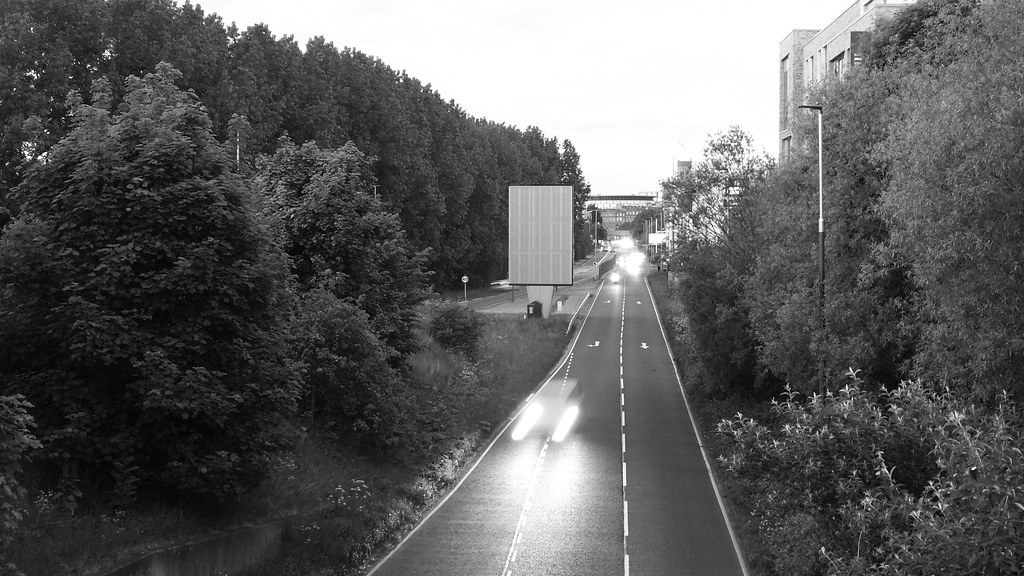
10. **Specific Situational Blind Spot Checks**
Effective blind spot management isn’t a one-size-fits-all approach; it requires adapting checks to specific driving situations. Different maneuvers present unique challenges, demanding focused application of techniques. Mastering these situational checks is a hallmark of a truly defensive driver.
**Changing lanes** is where blind spots pose an immediate threat. The SMOG technique (Signal, Mirror, Over-the-shoulder, Go) is essential. Signal early, thoroughly check mirrors, perform a swift shoulder check, and only then, if safe, smoothly transition. Rushing this process or omitting any step dramatically elevates risk.
**Merging onto highways** demands even higher vigilance due to high speeds and limited space. Adjust your speed to match highway traffic while continuously scanning mirrors and executing shoulder checks. Utilize the entire merge lane to gain maximum visibility and identify safe gaps. Never assume a gap will remain open; confirm it with a final blind spot check just before entry.
**Turning at intersections** introduces A-pillar blind spot challenges. These structural supports can momentarily obscure pedestrians, cyclists, or other vehicles. Approach intersections slowly, allowing time to scan. Before turning, slightly lean forward or shift your head to “look around” the A-pillar, revealing previously hidden hazards. This simple action can prevent an accident.
Finally, **backing out of driveways or parking spots** and **parallel parking** present significant blind spot concerns. Before entering your vehicle, a quick walk-around confirms surroundings are clear. When reversing, use rearview and side mirrors, but also perform continuous head checks over both shoulders. Backup cameras and parking sensors are invaluable aids, but always use them with direct visual confirmation for unseen small objects or children.

11. **Motorcycle Blind Spot Awareness**
Motorcyclists are highly vulnerable to blind spot-related accidents. Their compact size makes them inherently difficult to spot, easily disappearing within larger vehicles’ blind spots, leading to potentially catastrophic outcomes. Responsible drivers must recognize this heightened vulnerability and take specific precautions.
The primary danger stems from motorcycles being completely obscured within a car’s blind spot for extended periods. A driver might check mirrors, see nothing, and initiate a lane change, only to find a motorcycle unexpectedly in their path. The consequences for the motorcyclist can be severe, ranging from forced off-road incidents to direct impacts, often resulting in serious injuries or fatalities. The “Context” explicitly warns, “Changing lanes when a motorcycle is in your blind spot can force the rider off the road, and potentially off the bike.”
To mitigate this risk, drivers must cultivate enhanced vigilance when motorcycles are present. This means performing thorough, deliberate shoulder checks every single time before changing lanes or merging. On winding roads, hills, or uneven grades, visual challenges are amplified, making these checks even more critical. Such conditions can cause motorcycles to briefly disappear from view.
Motorcyclists also play a role in enhancing their own visibility. Riders can actively avoid lingering in other vehicles’ blind spots by making deliberate movements within their lane, shifting to place themselves in a driver’s field of vision. Using bright headlights and wearing reflective gear, especially at night or in adverse weather, further maximizes their presence. For car drivers, maintaining extra following distance and being acutely aware of the smaller vehicle’s movements contributes to their safety.
Read more about: 12 Smart Habits That Help Drivers Avoid Tickets and Keep Their Records Pristine
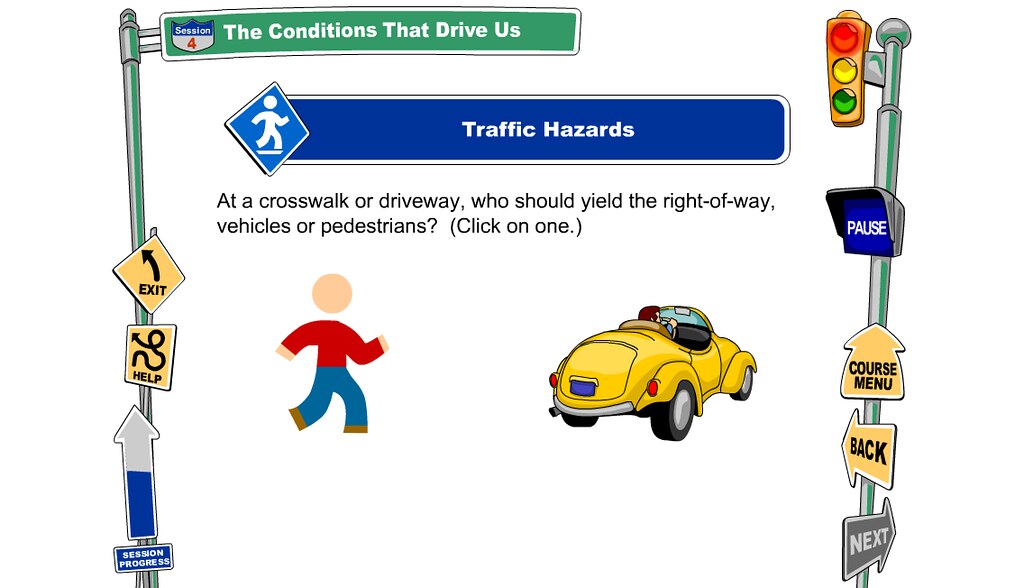
12. **The Role of Defensive Driving Courses in Blind Spot Education**
While this article offers extensive guidance, ongoing education is crucial for managing blind spots effectively. For drivers committed to maximizing safety, **defensive driving courses** offer an invaluable opportunity to sharpen skills, reinforce best practices, and deepen understanding of hazards.
Defensive driving courses go beyond basic education, focusing on proactive strategies to anticipate and avoid accidents. They delve into advanced hazard recognition and comprehensive blind spot management. These courses cover optimal mirror adjustment, practical application of techniques like SMOG, and nuances of managing vehicle-specific blind spots under various conditions. They also examine modern blind spot technologies, ensuring drivers use them as aids, not replacements for judgment.
Moreover, these courses provide a structured learning environment. They offer insights into awareness of other drivers’ blind spots, emphasizing why it’s crucial to avoid lingering in “No-Zones,” especially around large trucks and vulnerable road users. Practical scenarios and discussions help drivers internalize these concepts, leading to more instinctive and safer reactions. The “Context” highlights, “If you want to learn more about eliminating driving dangers, then a defensive driving course is the perfect solution.”
Beyond enhanced safety, defensive driving courses often come with tangible benefits. Many insurance providers offer discounts—sometimes up to 10% on premiums for several years—to drivers who complete such courses. This financial incentive makes the investment in education even more appealing, proving that safer driving can literally pay off. Platforms like DriveSafe Online offer flexible, mobile-friendly courses that are “quick and easy to complete,” allowing drivers to learn at their own pace.
In essence, a defensive driving course serves as a powerful refresher and an advanced training ground. It reinforces the critical message that mastering blind spot management is an ongoing process. By embracing continuous education, drivers not only improve their own safety and confidence but also contribute to a safer, more predictable road environment for everyone. It’s an investment in skill, awareness, and peace of mind.
Navigating the complexities of modern roadways demands more than just basic driving skills; it requires a deep understanding of potential hazards, particularly the elusive blind spots that plague every vehicle. By diligently applying optimal mirror adjustment techniques, integrating advanced driving strategies like the SMOG method, leveraging cutting-edge vehicle technologies responsibly, and maintaining an unwavering awareness of both your own and other drivers’ blind spots, you transform from a reactive driver into a proactive guardian of safety. Embracing continuous education through defensive driving courses further cements these skills, ensuring that every journey is not just a destination reached, but a testament to informed, confident, and accident-free driving. Mastering blind spot management isn’t just about avoiding collisions; it’s about fostering a culture of vigilance and mutual respect on our shared roads, making every trip smoother, safer, and ultimately, more enjoyable.



